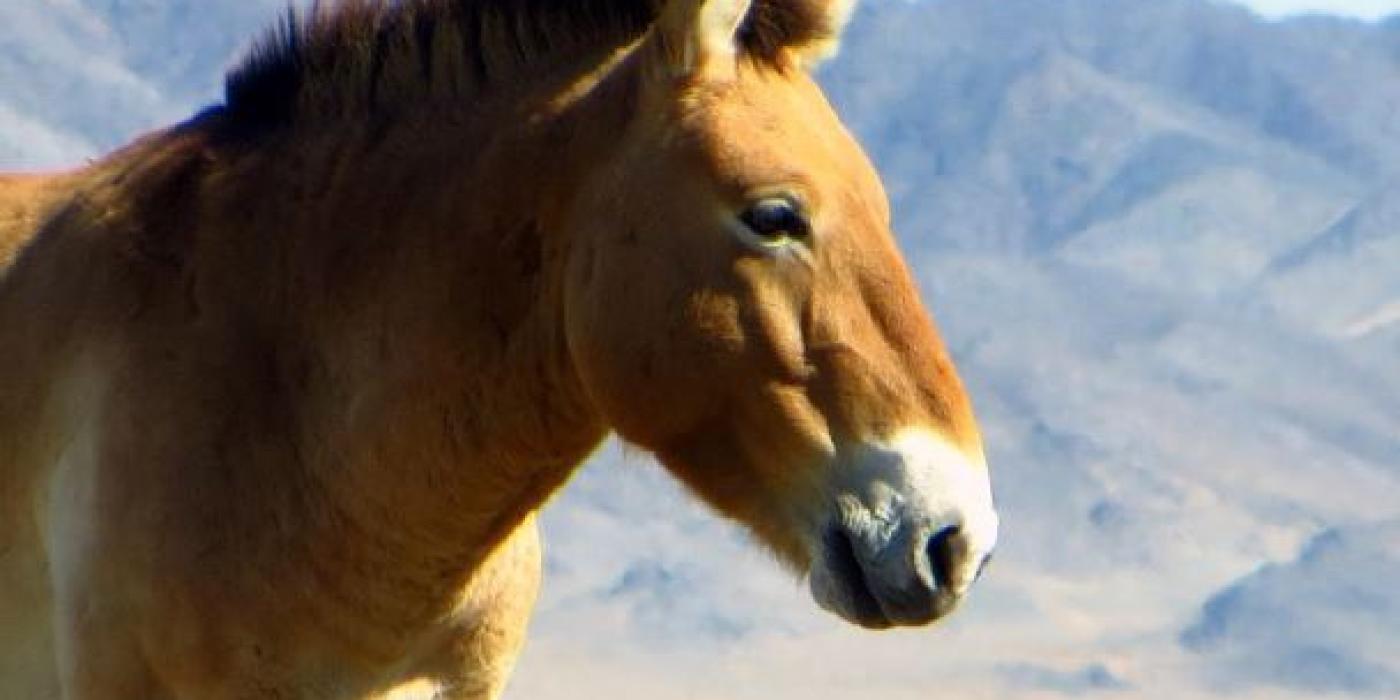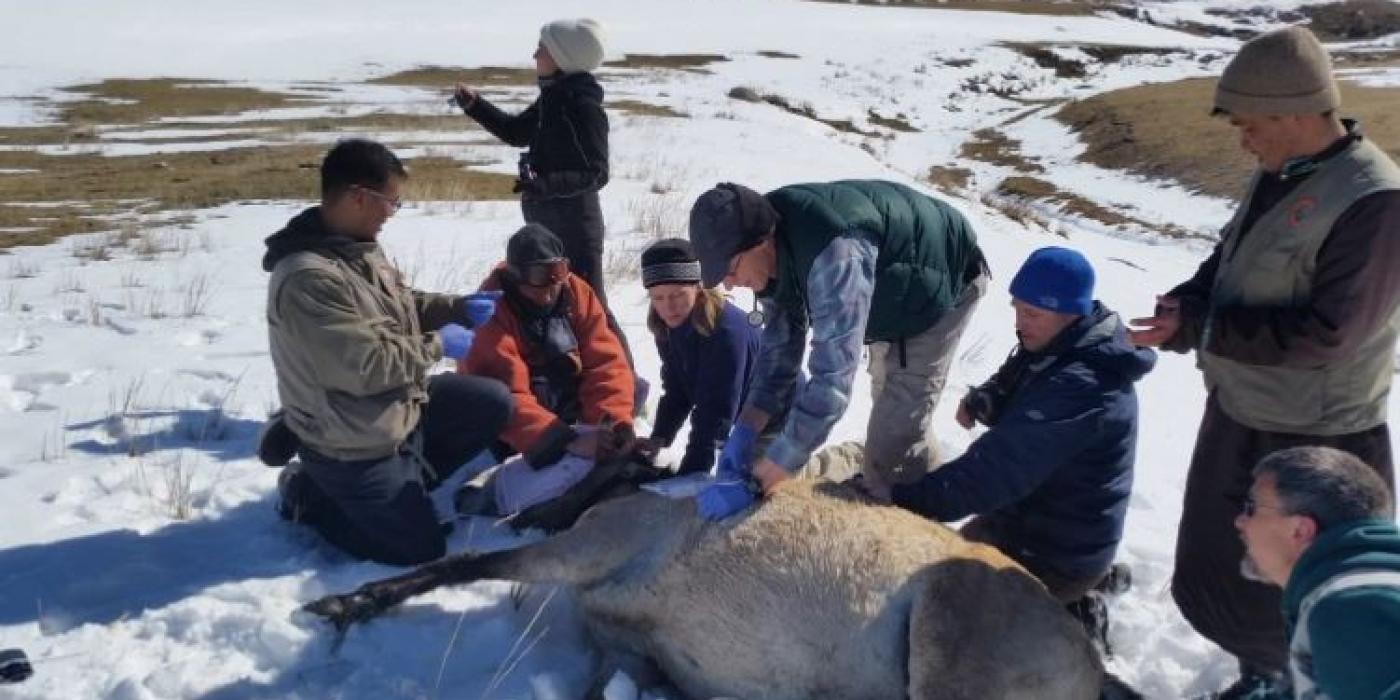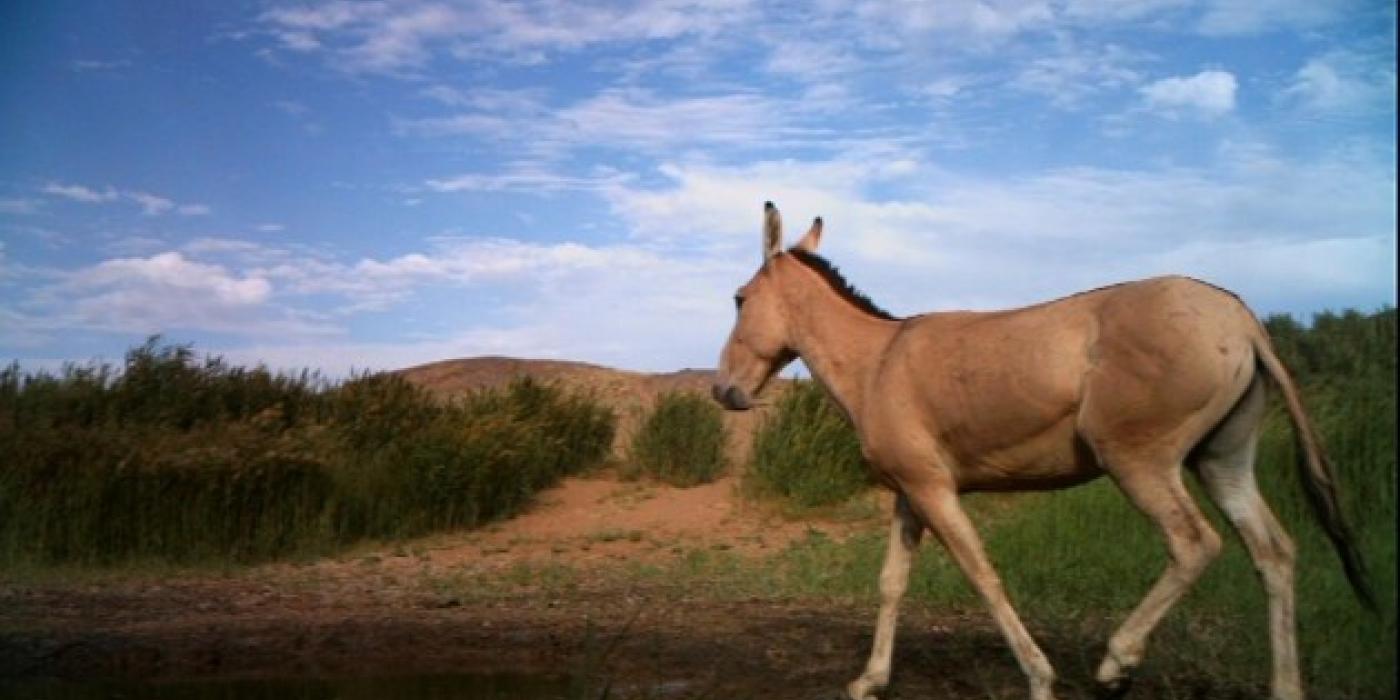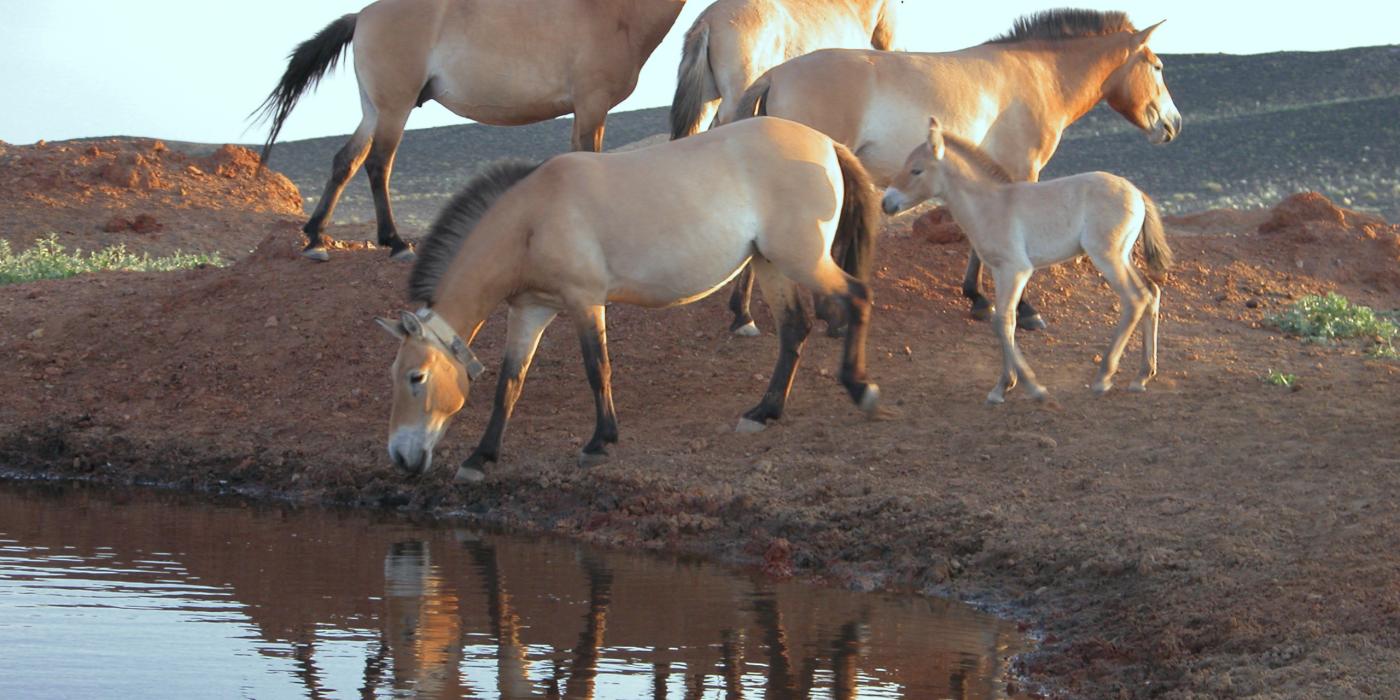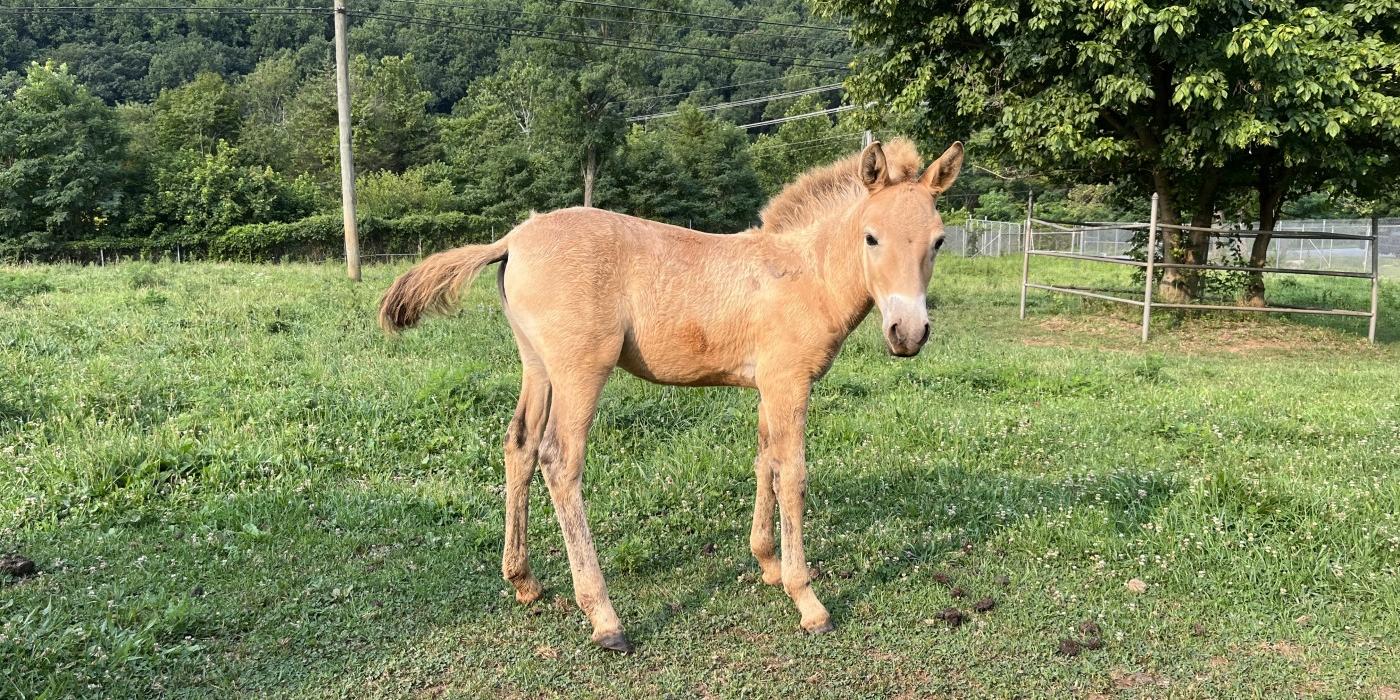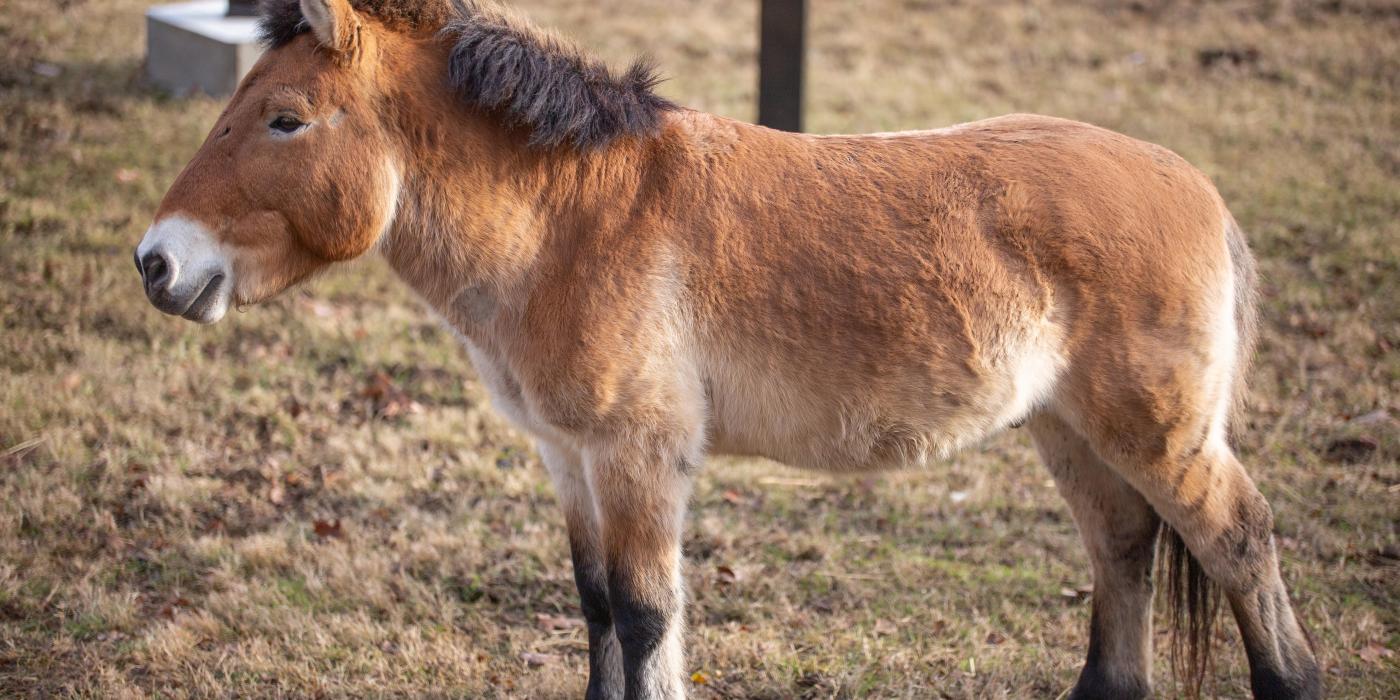Where Do Wild Przewalski's Horses Roam?
A conservationist’s work is never done. At least, it doesn’t stop when a species is returned to its native habitat.
Instead, scientists at the Smithsonian Conservation Biology Institute’s (SCBI) Conservation Ecology Center use satellite tracking collars to understand the challenges animals face once they’ve returned to the wild.
In April 2016, SCBI scientists took their tracking tools to Hustai Nuru National Park in Mongolia to monitor the movements and behaviors of Przewalski’s horses. This species was declared 'extinct in the wild' in 1969 but has been upgraded to 'endangered' status due to successful reintroduction projects in China and Mongolia.
In partnership with the Minnesota Zoo, SCBI scientists Melissa Songer and Peter Leimgruber collared eight groups of horses within Hustai Nuru. Each group consists of a stallion and 3 to 6 mares and their offspring. GPS technology in the collars pinpoints a horse’s movement throughout the day. Songer and Leimgruber trained Hustai Nuru’s managers and biologists how to decipher data from the collars, such as social dynamics among horse groups and the amount of space and habitat required for their survival. Scientists have also placed infrared camera traps at several water sources within the park.
Currently, the horses only use about 35 percent of the reserve space and are split into two separate populations that don’t interbreed. Why? Scientists aren’t sure. So, they’re examining data from another successful research site, the Kalamaili Nature Reserve in Xinjiang, China to better understand what drives horse movements, particularly in terms of forage and water availability.
Lessons learned from the Kalamaili program, along with the trends from satellite collars and camera traps in Mongolia, will help paint a clearer picture of how scientists could encourage the horses to expand their range in the long-term.
Related Species:

